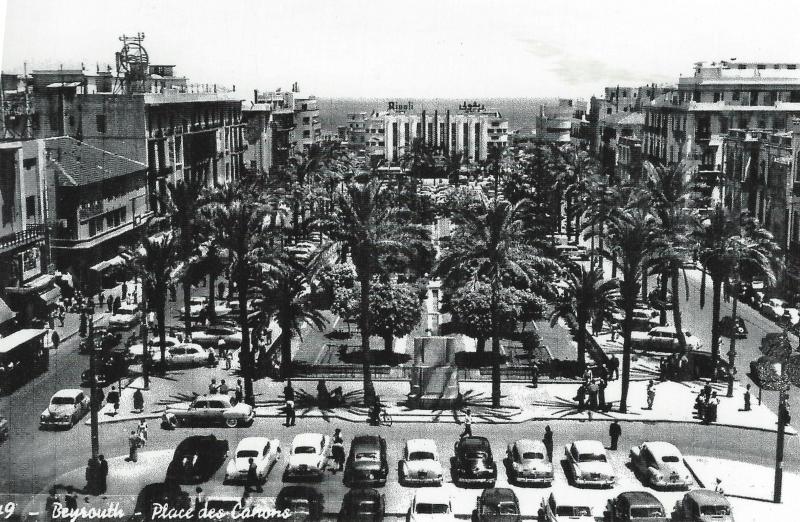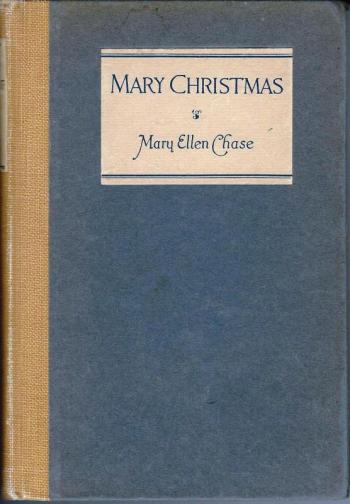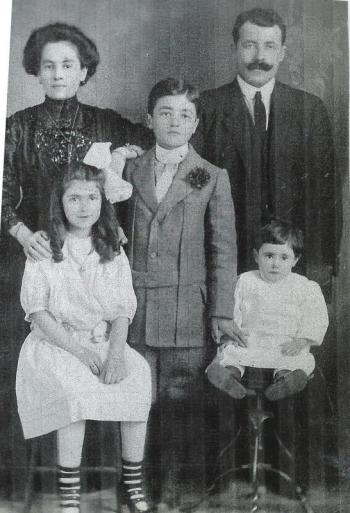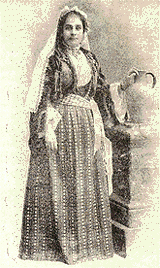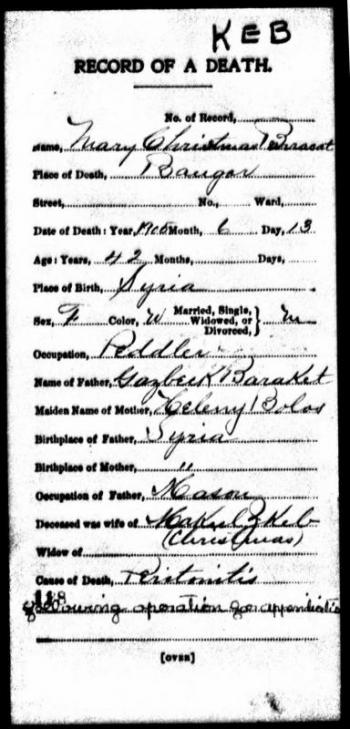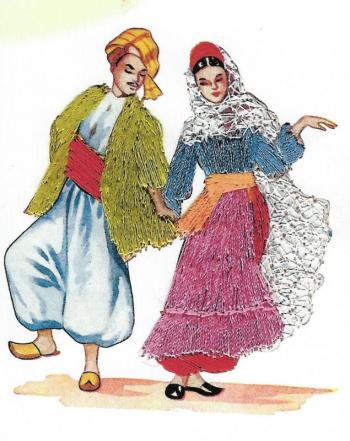My desire is to tell you a story, and you probably won't believe it. I guess I am a story teller, but I always tell the truth. This article is about my Great Aunt Mary Christmas. Yes, it is a true story but her name I shall explain.
Her husband was killed in Beirut, Syria (now Lebanon), by the Turkish people, as the Middle Eastern people were all at war with each other back then in the late 1800s. She had to make a living, so she came to America, “where the streets were paved with gold,” and was not just a “great” aunt, but unique in many ways.
When she arrived in America, before she got off the boat, the customs asked her name.
She replied “Mary.”
When asked for her last name, as she knew no English, she thought they wanted her birth date, so she replied “Christmas.” Therefore she came into the new country as Mary Christmas and her name remained that way for the rest of her life.
In Boston she went to a company and made them understand that she wanted some goods to sell and she would return with the money, and she would make a profit. They not only gave her linens, toys, kitchen wares, etc., but told her to go to the coast of Maine, where wealthy people lived.
They were impressed with the ambitious, dark-haired woman, and they filled a bag made of black shiny oil cloth for her to carry. They suggested she get on the Boston Boat and also sell to people in the rural areas, as they could not easily get to stores.
If you are already doubting my story, because today that probably would not happen, Mary Ellen Chase wrote a book about her titled: “Mary Christmas,” and published it in April 1926, reprinted it again in September 1926, and again in January 1927, by Little, Brown and Company.
I was fortunate enough to find one copy in a little old book shop many years ago.
Mary traveled on foot many miles, making friends along the way with her wares. They often invited her to stay the night and/or have supper with them. The children loved to hear about her foreign land.
She was thin because she walked so many miles each day with her sack of wares over her shoulder. She would take gifts from her sack for the children, and tell them the story of her homeland.
She told them about the Holy mountain, Mount Ararat, where Noah had landed his ark. But it was called Masis by her people. The Garden of Eden was also in her land and many other biblical places. Children had read about those places in Sunday school, but here was a lady who had actually seen them and lived there.
The sack was a heavy burden over her shoulder, while walking miles in good weather and bad. Her business became successful, so later she was able to buy a push cart. She was saving most of her money to send for her son, who had remained in Syria.
Her son, William Christmas, came over in 1904 with his wife, son Dewey, and his cousin Elizabeth Ayoube. She was my Mother.
Mary Christmas, by that time, had a store in Camden, soon moved to Belfast and later to Bangor. My Mother stayed in Camden and went to work at age 10 in Brewster's Shirt Factory and boarded with the Frank Alexander family. She saved money and sent for her brother, Salim Ayoube, who had a store where Hastings Newsstand used to be on Elm Street.
William Christmas insisted that his Mother buy a suit and a hat with a flower on it. His mother thought she should please him, but that was not what she was used to wearing. Her customers were used to seeing her in her “old country” clothes.
A fair description of Mary, taken from Mary Ellen Chase's book, is that she was thin and tall.
The “queer folds of her black dress gave place above the waist to a velvet bodice of the same color, only laced by gold cord that tied at the throat. Her sleeves were full and white, and their edges of lace fell almost over her dark long-fingered hands. They could see that her hair was black and shining as her bodice or as the covering of her great bundle, for the handkerchief of red silk which had once covered it had fallen back and lay on her shoulders. They saw, too, the gold coins, suspended in tiny rings of gold, that hung from her ears, and the string of great red stones around her neck. Then as she came nearer they saw she had soft, dark eyes that they had never seen before – eyes which, they somehow all at once knew, she had looked upon things unfamiliar and far away.”
She was on the road many years. In The Camden Herald dated February 14, 1896, it reads: “Mary Christmas has been with us again this week and, as usual, sold a good quantity of her goods.”
In January of 1904, she sold out her building on Washington Street in Camden, going out of business, and she moved back to Belfast and Bangor. Mary became ill and died of cancer.
On September 30, 1988, The Bangor Daily News printed a letter from Fred Bryant in Dixmont. He told of seeing an unusual stone in Mt. Pleasant Cemetery in Bangor that had the name of Mary Christmas. Many years later, he took his children to see it. They remembered it and when his daughter was home from college, she went to find it and the headstone was gone. Some stones were broken and thrown over the embankment.
He cared, and wondered if anyone else cared. I did, but did not know where she had been buried. It was too late to find out any information, as her son, William, had died, as well as his two sons and daughter. The grandchildren of William live somewhere in Georgia.
Thus ends my story of a very hard working, courageous woman.
Barbara F. Dyer has lived all her life in Camden, so far.


